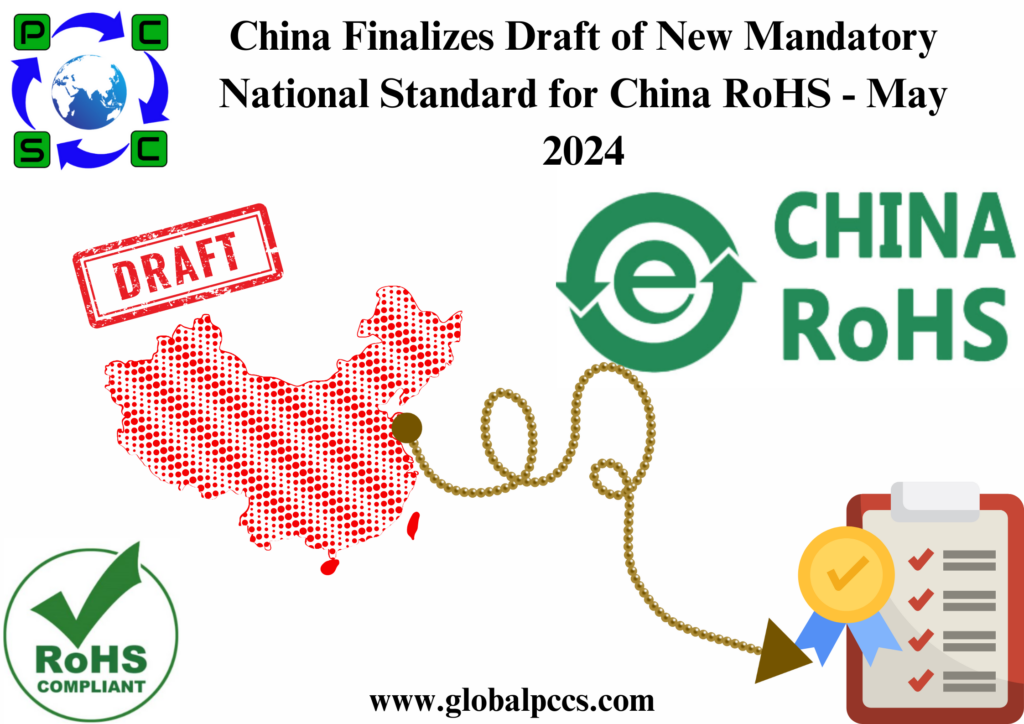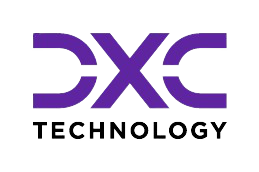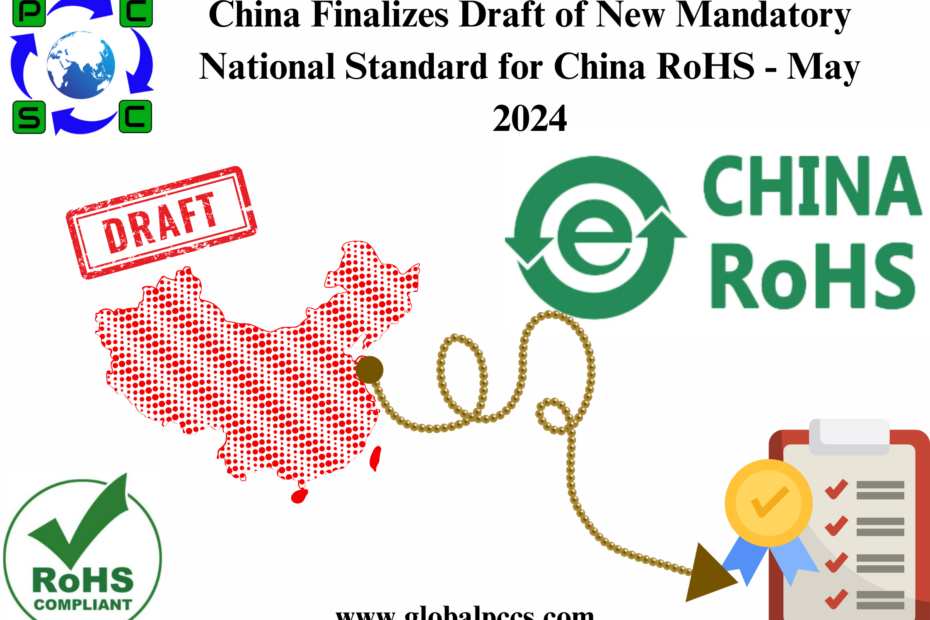 Approved on December 28, 2023 by the Standardisation Administration of China (SAC), the development plan pertains to the required national standard “Requirements for the Restriction of Hazardous Substances in Electrical and Electronic Products.” The idea was given to the National Technical Committee on Environmental Standardisation for Electrical and Electronic Products and Systems (TC297/SC3) Subcommittee on Testing Methods for Hazardous Substances for drafting. The TC297/SC3 group finished drafting this standard early in May of 2024.
Approved on December 28, 2023 by the Standardisation Administration of China (SAC), the development plan pertains to the required national standard “Requirements for the Restriction of Hazardous Substances in Electrical and Electronic Products.” The idea was given to the National Technical Committee on Environmental Standardisation for Electrical and Electronic Products and Systems (TC297/SC3) Subcommittee on Testing Methods for Hazardous Substances for drafting. The TC297/SC3 group finished drafting this standard early in May of 2024.
The new standard, which will take the place of “GB/T 26572-2011 Requirements on the Restriction of Hazardous Substances in Electrical and Electronic Products” and “SJ/T 11364-2014 Marking for the Restriction of Use of Hazardous Substances in Electrical and Electronic Products,” will serve as the foundational document for China’s RoHS regulations.
The new standard, as drafted, will cover devices and related products that generate, transmit, and measure current and electromagnetic fields, or that operate using current or electromagnetic fields, with a rated operating voltage not to exceed 1500V DC or 1000V AC, excluding devices that are involved in the production, transmission, and distribution of electrical energy.
According to the new standard, there are two categories for electrical and electronic products: Products classified as Type I, as listed in the “Compliance Management Catalogue for the Restricted Use of Hazardous Substances in Electrical and Electronic Products,” are required to adhere to the standards’ marking, conformance assessment, and limit criteria. Products classified as Type II, which are not listed in the catalogue, need to adhere to the marking specifications outlined in this standard.
In terms of limit values, the standard states that each homogeneous material that makes up an electrical or electronic product must contain no more than 0.1% by mass fraction of lead, mercury, hexavalent chromium, polybrominated biphenyls, polybrominated diphenyl ethers, di-n-butyl phthalate, diisobutyl phthalate, butyl benzyl phthalate, and di(2-ethylhexyl) phthalate, while the content of cadmium must not exceed 0.01% by mass fraction. Each product’s detecting unit’s hazardous material content should be determined using the applicable procedures of GB/T 39560 (all parts).
Regarding marking, the document follows SJ/T 11364’s guidelines and states that parts, pieces, and elements that are electrical and electronic products in and of themselves but are only utilised as internal parts of other electrical and electronic products—like resistors, circuit boards, and display components—do not need to be directly marked with the hazardous substance restriction symbol on the product surface when sold separately to customers or end users. Instead, the symbol should be included in the product’s instructions or digitally embedded in the software.
In terms of conformity assessment, the document states that for products that are included in the “Compliance Management Catalogue for Electrical and Electronic Products,” the percentage of product components that are covered by the test reports in the technical support documents for the conformity assessment that is carried out in the form of a “Supplier Declaration of Conformity for the Restricted Use of Hazardous Substances in Electrical and Electronic Products” must be greater than 70%.Given that the majority of electrical and electronic equipment sold in China will be impacted by this standard








 Authorised IMDS & CDX Training & Consulting partner for
Authorised IMDS & CDX Training & Consulting partner for






